The Radio Times has shared photos of some of the main cast, sadly not including Joseph, and also some begind the scenes photos, which do include Joseph! The BBC media pack has more information about creating 1788 Australia for the small screen.
The task of bringing Australia, 1788, to life fell to directors Daniel Percival and Jeffrey Walker and their crews. The first decision that was made was that the production would be split - all of the exteriors would be shot on location, in Sydney, Australia, and thereafter the production would return to Manchester to film the interiors.
Lead director Daniel Percival says: “We knew right from the beginning that we were going to shoot all the exteriors on location in Australia. There’s nowhere else to film them. One of the extraordinary things about the environment around Sydney is the landscape is very much as it was. Not literally Sydney Cove where the Opera House is, but you only have to go a few miles north and you’re in virgin forest again, with estuaries and inlets very similar to what the first fleet would have seen.”
The decision was made to base the convicts’ camp at Manly Dam, surrounded by dense bush and replete with native wildlife.
Daniel Percival says: “Jimmy had imagined a world where between the barrier of the ocean and the barrier of the forest there was this strip of Georgian England trying to carve out an existence and survive. It didn't take much to stand in these spots and feel that – and then try to capture it.” Nonetheless, if the Sydney location was hugely compelling, filming two halves of a major production on different sides of the world presented a major logistical problem.
Jeffrey Walker, who directed the second block, turned up to find himself filming the final scene of the whole series on his first day of filming. “It was just the way that the locations worked out. But it showed me how it was going to be - shooting four episodes concurrently in two very, very different locations on the other side of the world was a huge challenge. What it came down to was if someone leaves a tent in Australia screen right, then we had to match that exactly when they came to the studio in Manchester. It dictated where we put our cameras in the studio, so that hopefully the audience are none the wiser.”
It was a challenge that also affected Production Designer Claire Kenny. She had to oversee the construction of an entire convict camp in Manly Dam, and then replicate that same camp from the inside over in Manchester - even to the point where bags of original Manly Eucalyptus leaves were shipped all the way back to England with her.
Yet as with McGovern’s script, at every call the first requirement for Banished was how best to tell the story, rather than pitch-perfect historical accuracy. “Our whole story really is a bit of a creation, we wanted to create a world that was a hybrid between the historic reality and somewhere that gave us a sense of dramatic interest and variety, says Kenny. “There was a fair amount of artwork available, but what I found when I started to research the piece was the same prints were everywhere, and there was a very muted palette to them.” And so she adjusted: in reality, the entire camp would have consisted of tents made of white canvas. “But that would have made for a very bland look, offering a limited tonal contrast particularly when it came to our interiors back in the UK. So, we shipped out our own canvas, which was a more interesting rich tan colour, and we decided to embrace build methods that I saw in early Australian settlements. We ended up with some tents, and some solid structures.”
The camp was a major undertaking, built on public land and so requiring the assent as much as the goodwill of the local people. “There were some challenges for us,” says Kenny. “Because it’s a public area, there were picnic areas in the centre of Manly Dam, and so in actual fact when you see the Governor’s house, there’s a metal picnic pergola in the centre of it that we had to build around.”


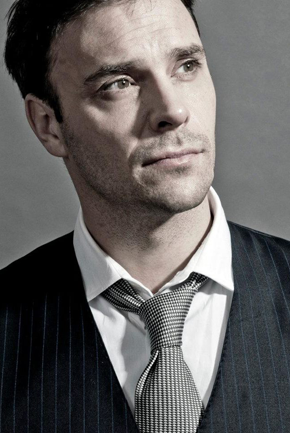
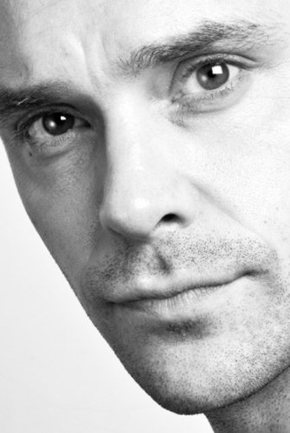
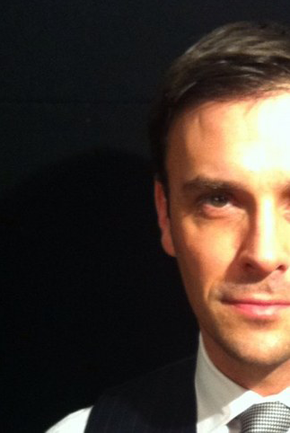
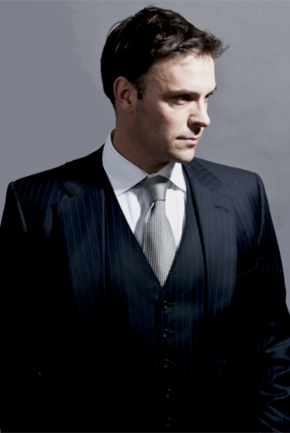
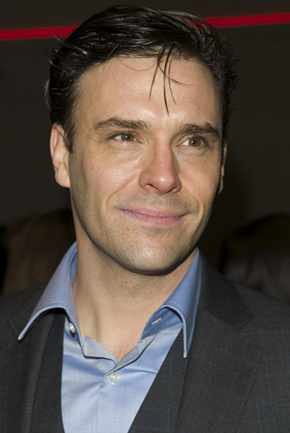



Recent comments